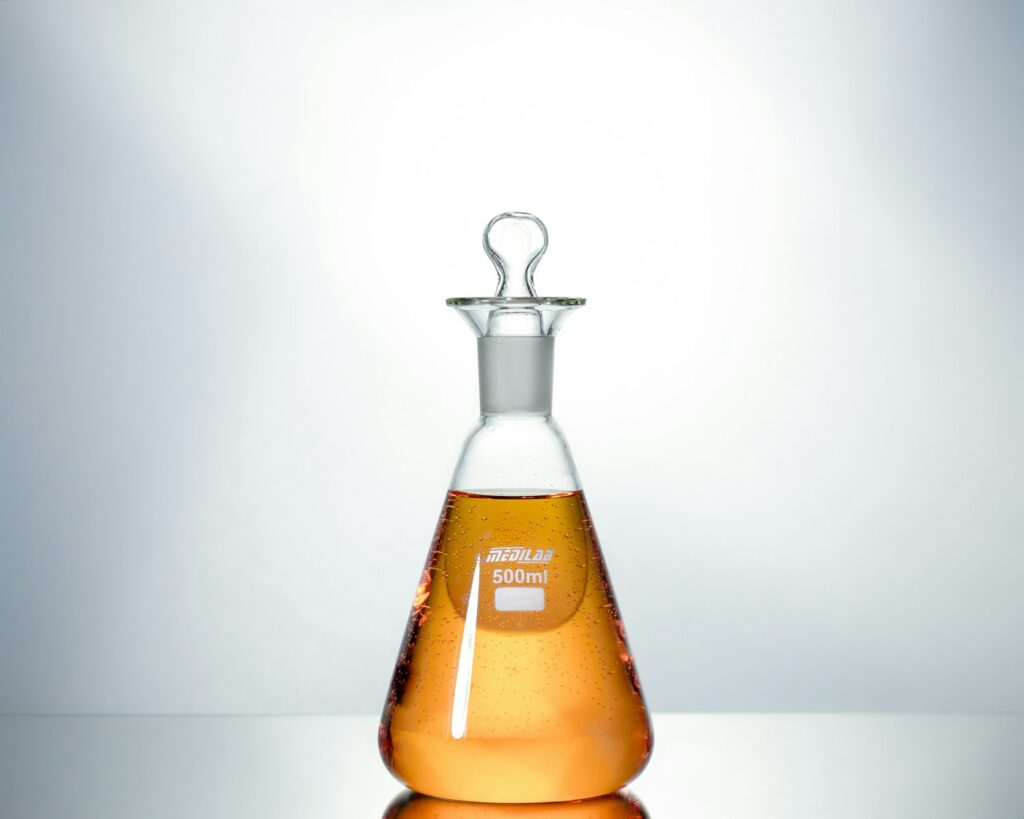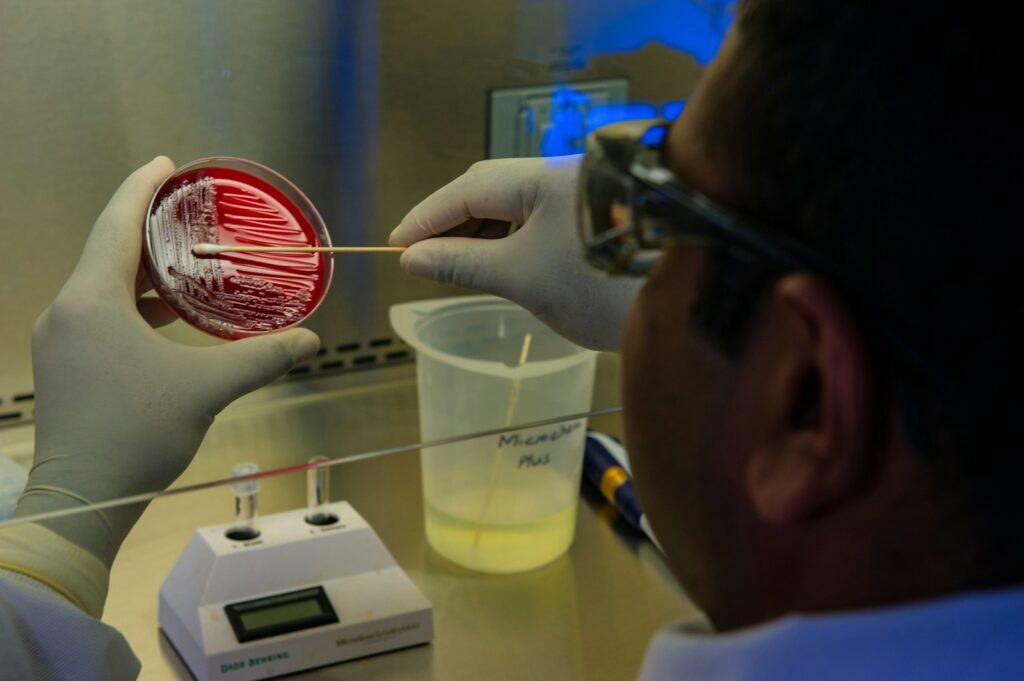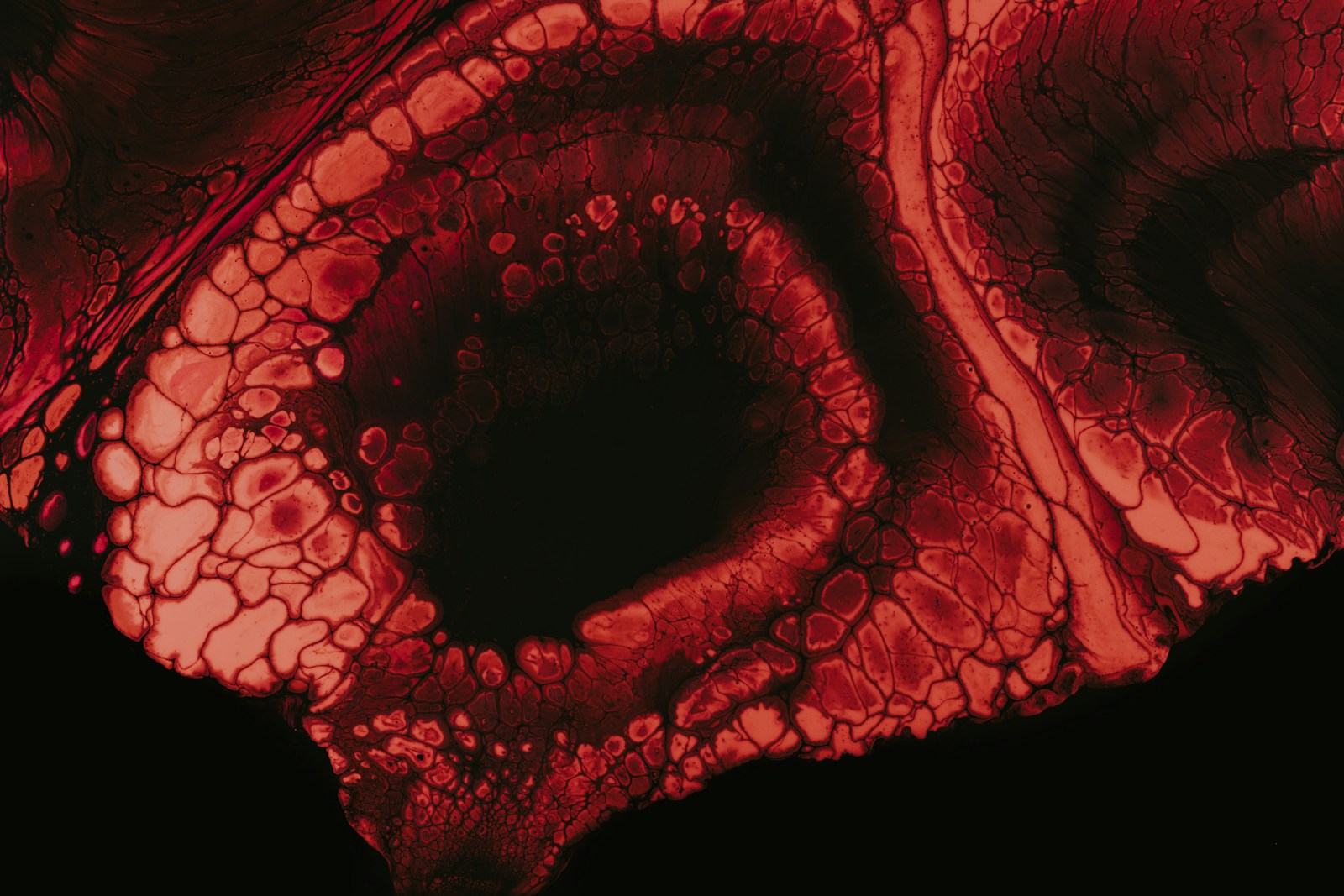The detection and control of genotoxic impurities, especially nitrosamines, have become a top regulatory priority in the pharmaceutical and food industries. As guidelines from agencies like the EMA and FDA grow ever more demanding, innovative tools such as the Enhanced Ames Test are now essential for ensuring product safety and compliance.
What are nitrosamines and why are they a concern?
Nitrosamines are a class of compounds known for their carcinogenic and genotoxic potential. Their unexpected detection in medicines and food products has led to global recalls, increased regulatory scrutiny, and the urgent need for robust analytical and biological testing.
- Sources: Raw materials, manufacturing processes, packaging, even water and cleaning agents.
- Risks: Even at very low levels, nitrosamines pose unacceptable health hazards, driving the industry to seek better detection and risk assessment solutions.

Classic AMES Test vs. Enhanced AMES Test: what’s the difference?
The AMES test has long been the gold standard for assessing the mutagenic (and by extension, genotoxic) potential of chemicals. However, emerging impurities like nitrosamines often challenge its sensitivity and specificity.
Enhanced AMES test: key features
- Wider strain panel: Incorporates additional Salmonella and E. coli strains for broader detection of mutation types.
- Optimized metabolic activation: Uses S9 fractions of rat and Hamster at heigher dose with co-factors to better simulate human metabolism, crucial for nitrosamine activation.
- Miniaturized, high-throughput formats: Faster, more reproducible, and more cost-effective, allowing for screening of many samples and conditions.
- Lower detection limits: Enhanced sensitivity to catch weak mutagens and low-level impurities.

Why is the enhanced AMES test essential for nitrosamine risk assessment?
Standard tests may miss low-level or specific mutagenic signals. With the Enhanced Ames Test, companies gain:
- Better detection of nitrosamine impurities—even those with weak or rare mutagenic profiles.
- Compliance with latest EMA/FDA guidance on risk assessment and control of genotoxic impurities.
- Faster and more reliable decision-making: Miniaturized formats and automation enable routine batch screening, crucial for continuous process verification.
Concrete results: GenEvolutioN’s experience
At GenEvolutioN, we have successfully implemented the Enhanced Ames Test as part of our genotoxicity testing portfolio. Recent projects have included:
- Assessing Nitroso Drug Substance Related Impurities for determination of acceptable intake in pharmaceuticals
- Method development and validation: Tailored protocols to address specific regulatory requests (ICH M7, EMA, FDA).
- Supporting client submissions: Providing robust, GLP-compliant data for regulatory dossiers—helping clients avoid costly recalls or delays.

GenEvolutioN: leading innovation in genotoxicity testing
By combining our expertise in innovative genotoxicity assays and cutting-edge analytical methods, GenEvolutioN supports clients in navigating the rapidly evolving landscape of impurity risk management.
Our strengths:
- State-of-the-art testing platforms (Enhanced Ames, miniaturized micronucleus, 2D/3D human cell models)
- Regulatory intelligence: Continuous monitoring of EMA, FDA, and global requirements
- Custom project design: Early-stage screening, confirmatory testing, and risk mitigation strategies
As the regulatory bar rises for genotoxic impurities—especially nitrosamines—the Enhanced Ames Test has become a must-have for pharmaceutical, manufacturers. GenEvolutioN stands as a recognized expert, delivering reliable, innovative, and compliant genotoxicity solutions to ensure product safety and protect public health.
Ready to strengthen your nitrosamine risk management?
Contact GenEvolutioN for a tailored consultation and discover how our Enhanced Ames Test expertise can secure your next innovation.

